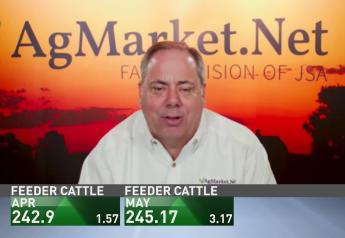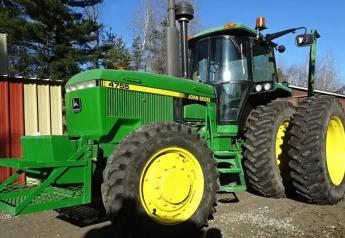EPA Officials: Agency Deviated from 'Typical Procedures' in 2018 Dicamba Registration Decision

The U.S. Environmental Protection Agency (EPA) Office of Inspector General announced on Monday it has evaluated EPA’s policies and procedures for addressing 2016 and 2018 dicamba registration decisions and found them lacking.
A report issued by the Office specifies that “EPA deviated from typical procedures in its 2018 dicamba pesticide registration decision.” The full report is available at https://bit.ly/2SpusIU
The report highlights at least three ways EPA stumbled. First, its 2018 decision to “extend registrations for three dicamba pesticide products varied from typical operating procedures. Namely, the EPA did not conduct the required internal peer reviews of scientific documents created to support the dicamba decision.”
Second, the report says that “senior leaders in the Office of Chemical Safety and Pollution Prevention’s immediate office were more involved in the dicamba decision than in other pesticide registration decisions. This led to senior-level changes to or omissions from scientific documents. For instance, these documents excluded some conclusions initially assessed by staff scientists to address stakeholder risks.”
Third, the report notes that “staff felt constrained or muted in sharing their concerns on the dicamba registrations.”
EPA’s actions led the Ninth Circuit Court of Appeals to vacate the 2018 registrations for dicamba herbicides Engenia, FeXapan and XtendiMax last June. EPA’s actions violated “FIFRA by substantially understating some risks and failing to acknowledge others entirely,” the report says.
The Office of Inspector General has made recommendations for corrective actions, which are pending, to the administrator for Chemical Safety and Pollution Prevention.







